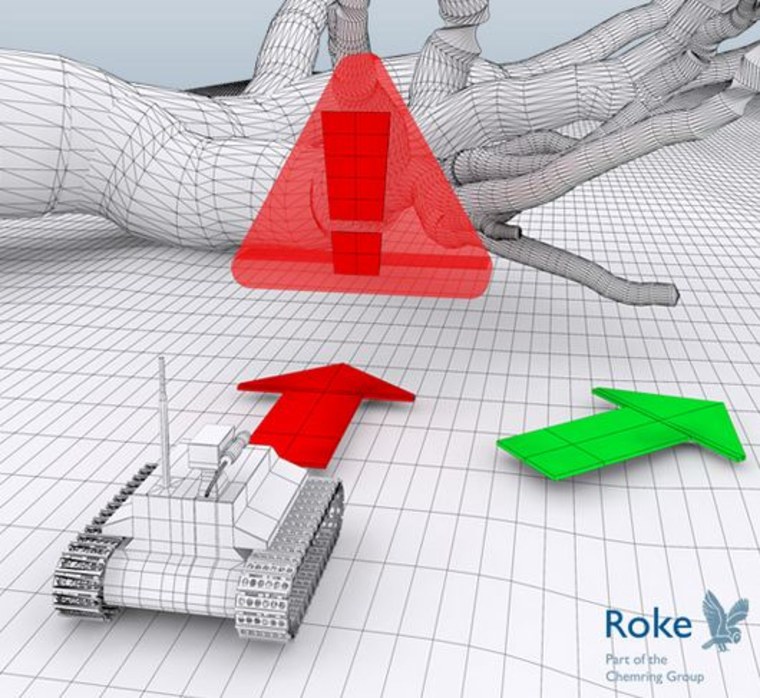Robot drivers of the future may steer clear of potholes, toppled power lines and stray cats thanks to an artificial neural network modeled after the fear-response mechanism in mammals.
The system, called STARTLE, uses existing hardware and sensors to scan the environment for threats. If one is detected, it will cue other systems to deal with it swiftly.
The system is programmed to kick into gear when it notices something abnormal. That could be a pothole, which it focuses resources to steer around, or a child running out into the street after a soccer ball, prompting it to hit the brakes.
New Scientist has the details:
The design mimics the amygdala, which provides a rapid response to threats. The amygdala helps small animals to deal with complex, fast-changing surroundings, allowing them to ignore most sensory stimuli.
STARTLE was developed Roke Manor Research, a Hampshire, England, based research and development firm that boasts a “diverse portfolio of products protecting military people and platforms against a constantly changing threat.”
With that kind of background, we can expect to see STARTLE outfitted on tanks and Humvees, but this type of technology will almost certainly find a home in the robot cars destined to soon clog our roadways.
In fact, similar safety mechanisms are under development at the Massachusetts Institute of Technology where robotic co-pilots take over the wheel when it senses a driver is about to crash.
– via New Scientist
John Roach is a contributing writer for NBC News Digital. To learn more about him, check out his website. For more of our Future of Technology series, watch the featured video below.
